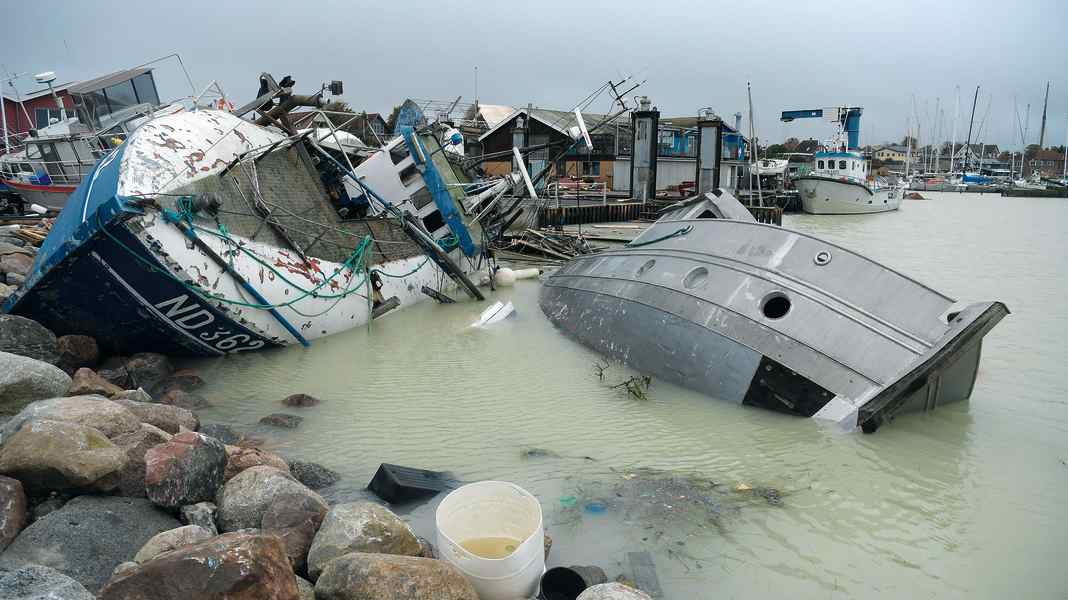
For the 59 harbours affected, the bill totals 90 million Danish kroner, according to the Federation of Yacht Harbours in Denmark (FLID). Four harbours are particularly affected, with damage amounting to at least DKK 10 million, which is more than half of the total damage.
This includes the stopover harbour of Hesnæs on Falster, which is popular with German boaters. It was completely destroyed and will remain closed in 2024. The future beyond that is also still up in the air, as the funding for reconstruction is still unclear. The situation is similarly bleak in Mommark on Alsen, where it is also unlikely that guest skippers will be able to dock next year.
Hoping for state aid
In view of this situation, the FLID is calling for help for the affected harbours and has invited Economics Minister Morten Bødskov to a meeting. The battered harbour operators are facing a Herculean financial task after the storm surge in the Baltic Sea, as damage costs significantly exceed their own turnover.
In November, however, Morten Bødskov refused to offer support to the harbours, leaving them to foot the bill on their own. This has to do with a peculiarity in the Danish insurance system. As this is a natural disaster officially categorised as a storm surge, insurance only covers damage to buildings. Loss of business or damaged harbour facilities are not covered in this case - even if they were insured.
The harbour operators affected are now hoping that the minister will relent and that the government will make funds available for reconstruction. Otherwise, some harbours will probably be a thing of the past forever.
More articles on the Baltic Sea storm surge:
- The consequences of the Baltic Sea storm surge - retreat by 2050?
- Golden times for bargain hunters?
- Over 200 total losses - "Schilksee resembles a battlefield"
- Will the insurance companies pay for the damage?
- All yachts must be salvaged by 31 October
- Damage to the infrastructure - is the 2024 season at risk?
- Dramatic depiction of the night of horror
- Balance of damage in the harbours
- The recovery of the boats by professionals
